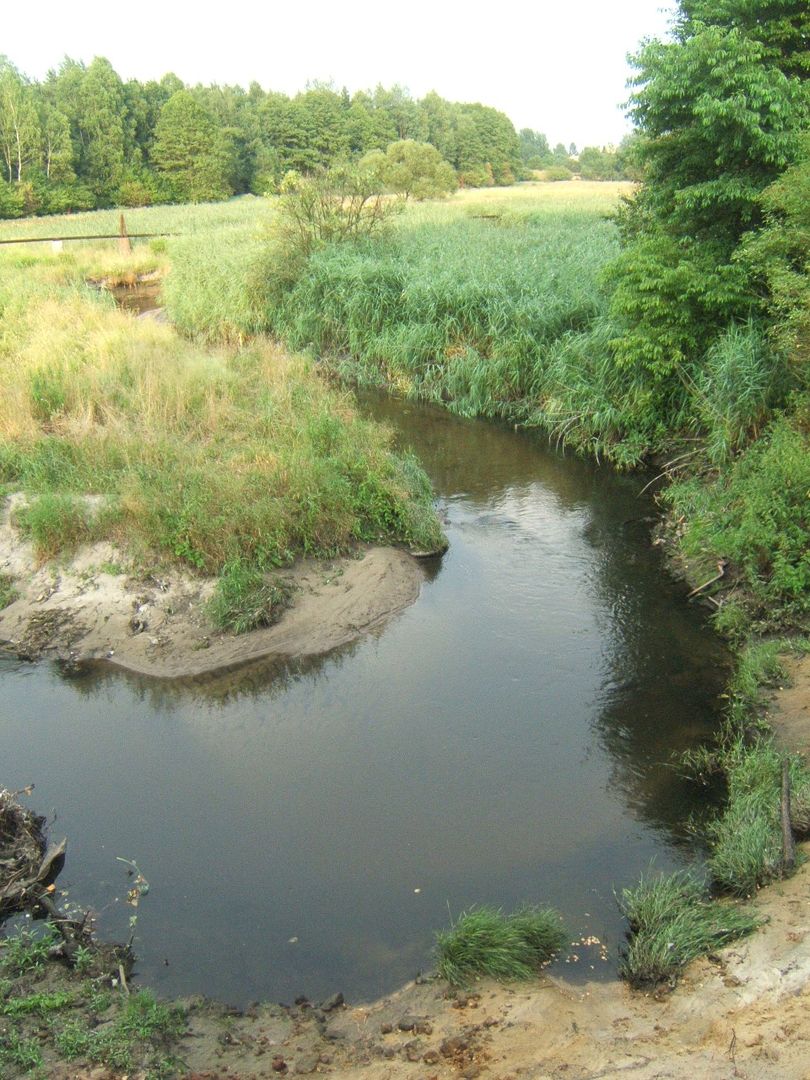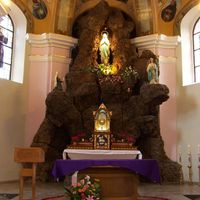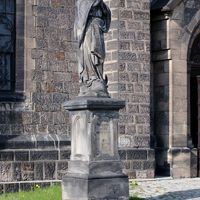Kochlowice
6.12

Overview
Kochłowice, formerly an independent municipality and now a district of Ruda Śląska, boasts a rich history dating back to the 14th century, when it was first mentioned in documents from 1360. Located in the Silesian Highlands, this part of Upper Silesia borders Chorzów and Katowice, with the Kłodnica and Kochłówka rivers flowing through its territory. Modern-day Kochłowice is home to approximately 12,738 people (2006 data) and features numerous historical landmarks, such as the Kochłowice Stronghold from the 13th–15th centuries and a medieval settlement layout with the late-Baroque Church of Our Lady of Lourdes from 1806. Also noteworthy are the neo-Romanesque Church of the Holy Trinity from 1902, the railway station built in 1904, and historic workers' housing estates. Kochłowice has strong sporting traditions, exemplified by the mining sports club "Urania," which has achieved success in Polish leagues. Culturally, the district is served by the "In-nI" Cultural Center and the Municipal Public Library, while residents enjoy recreational facilities such as an indoor swimming pool and leisure centers. The "Genius Loci" association, which promotes local history and traditions, is also active in Kochłowice. Historically, the area has undergone significant changes, including its incorporation into Poland after World War II and industrialization linked to the establishment of coal mines. Notable figures associated with Kochłowice include actor Henryk Bista, Bishop Wilhelm Pluta, and Olympic gold medalist Otylia Jędrzejczak. Interestingly, during World War II, one of the camps for Poles was located in Kochłowice. The history of this area is a fascinating example of the evolving identity of Upper Silesia and the cultural influences that have shaped the region.
Location
2025 Wizytor | All Rights Reserved

